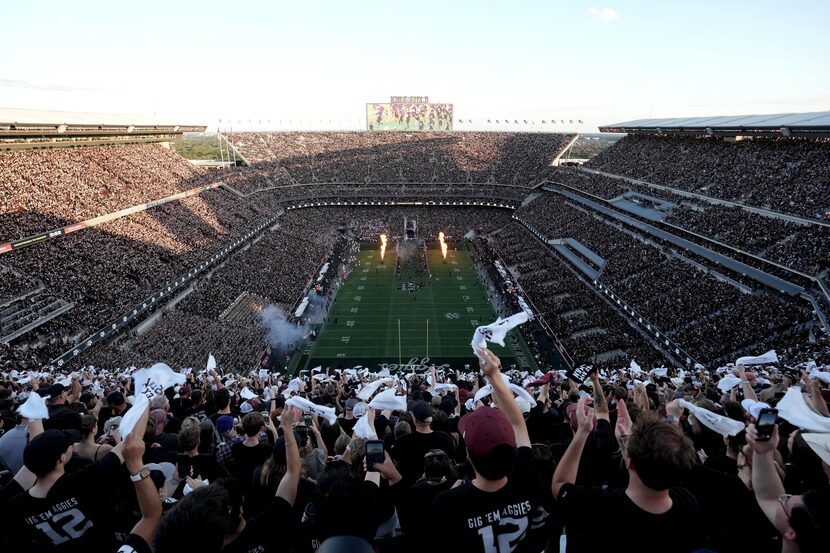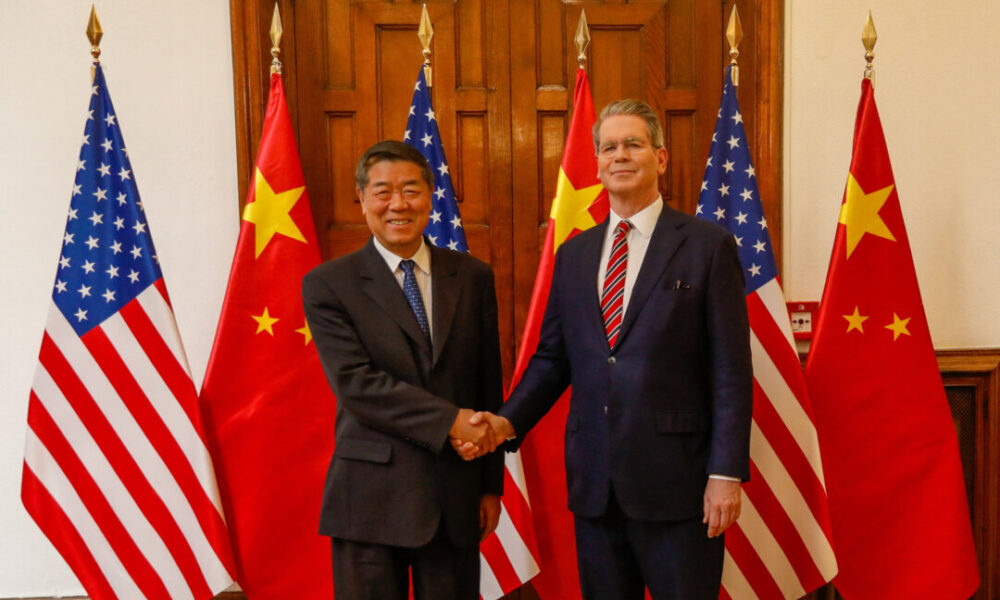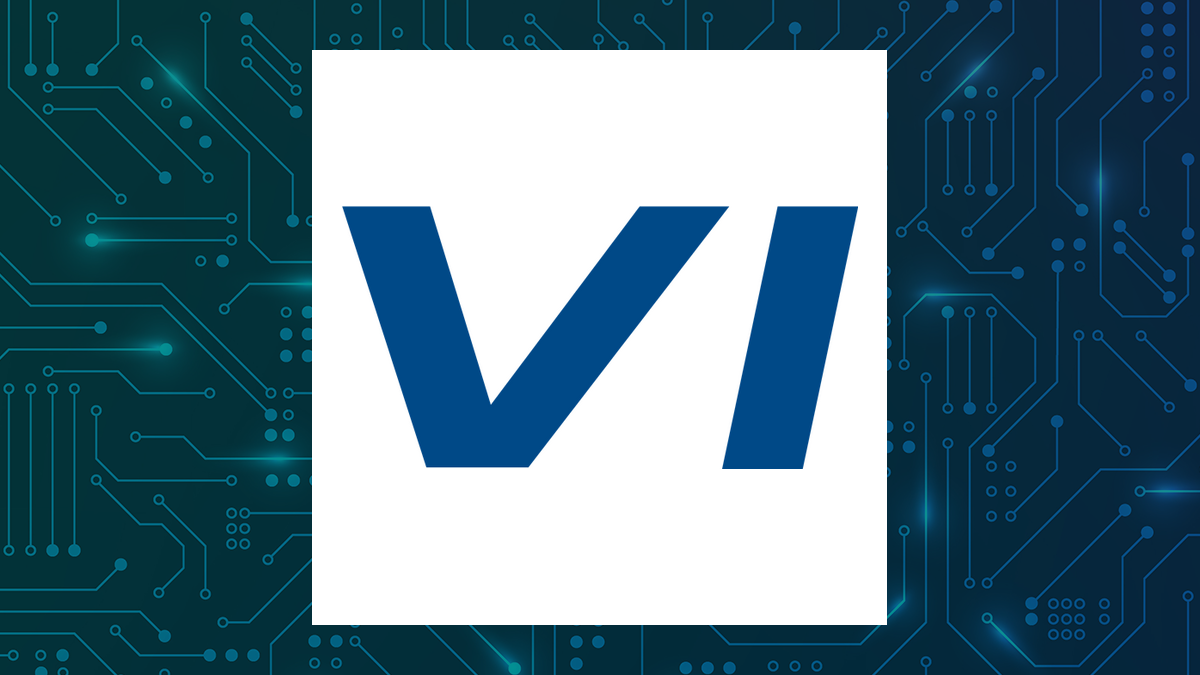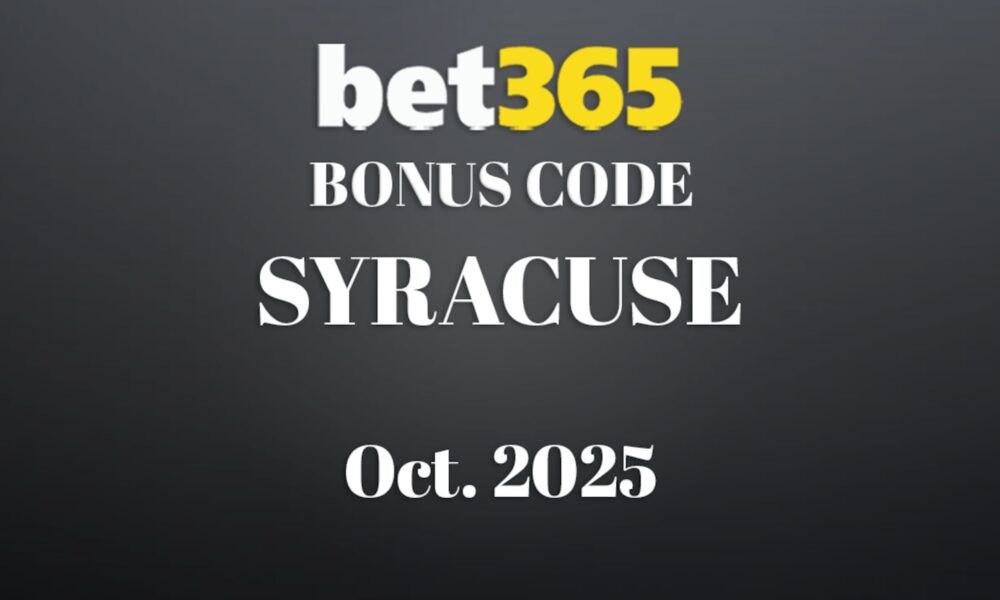A significant shift in college athletics has emerged following the House v. NCAA settlement that took effect in June 2023. This ruling allows universities to pay athletes directly, prompting many athletic departments to seek substantial cash infusions to manage their newfound financial obligations. Reports indicate that schools could spend up to $20 million annually on athlete compensation across various sports, regardless of their revenue-generating status.
Despite the overall health of college athletics, which generated $13.6 billion in total revenue in 2022, not all programs are financially stable. An analysis by Morones Analytics highlights that while some institutions thrive, others are grappling with cash flow issues. The situation raises the question: how does a lucrative industry face cash shortages?
Lavish spending on facilities and increasing salaries for coaches have left some athletic departments searching for new revenue streams. As Sports Illustrated reported, private equity firms are now eyeing college sports as a potential investment opportunity. In a recent statement, Charlie Baker, President of the NCAA, cautioned institutions about the risks associated with private equity investments during a October 2023 roundtable discussion on the future of college basketball. He urged schools to “be really careful” as they consider these financial options.
Several conferences, including a proposed deal with the Big Ten Conference potentially worth $2 billion, are exploring private equity arrangements. The growing costs associated with athlete payments pose a challenge for all colleges, particularly smaller institutions that may struggle to maintain operations without substantial financial backing. If schools fail to meet these new financial demands, they risk losing athletes and fan engagement, which could further diminish their revenue.
In Texas, universities have been hesitant to engage with private equity firms, a move described as prudent. Earlier this year, Texas A&M University entered into a $515 million, 15-year multimedia rights partnership with Playfly Sports. This agreement encompasses Name, Image, and Likeness (NIL) rights, providing a strategic financial boost. Both Texas A&M and the University of Texas at Austin are well-funded, with CNBC estimating their athletic programs among the most valuable in the nation as of 2024, with Ohio State University ranked first.
The competitive landscape is fierce, with institutions such as TCU, Rice, and Baylor vying for the same resources. While the Texas A&M and Playfly deal represents a significant operational advancement, it does not address long-term financial stability. The allure of private capital is that it can provide quick funding; however, this speed often comes with hidden costs.
Traditionally, universities have relied on bank loans to finance projects at lower interest rates. Now, with the necessity of compensating athletes directly, many are considering alternative funding approaches. Reports from The Athletic indicate some schools are looking at private capital deals to support stadium renovations, content creation, and even quasi-endowments. Yet, the pressure to deliver annual returns could lead to tough decisions, including increasing ticket prices or cutting budgets for non-revenue sports.
The implications of these financial strategies can be significant. Borrowing from private equity introduces debt obligations that require repayment along with interest, potentially straining budgets further. For institutions that are already facing fiscal challenges, this could lead to a precarious situation.
A potential solution lies in a model inspired by the Green Bay Packers, which utilizes fractional ownership. This approach allows universities to issue regulated financial products directly to a broad base of investors, tapping into their alumni and fan bases. Thousands—if not millions—of dedicated supporters could have the opportunity to invest in their alma maters, enhancing their connection to the programs they love.
These investments would be structured as securities, adhering to the regulations set forth by the Securities and Exchange Commission and the Financial Industry Regulatory Authority. Such a model would provide universities with the capital needed on their own terms, rather than succumbing to the stringent requirements often tied to private equity investments.
For college athletic directors, trustees, and presidents, the challenge is not simply choosing between growth and control. With the right strategies, universities can achieve both, ensuring the sustainability of their athletic programs while fostering a deeper bond with their supporters. Ian Smith, CEO of KEEPS, emphasizes that aligning financial needs with the interests of fans can create a robust ecosystem for college athletics, paving the way for a brighter future.







